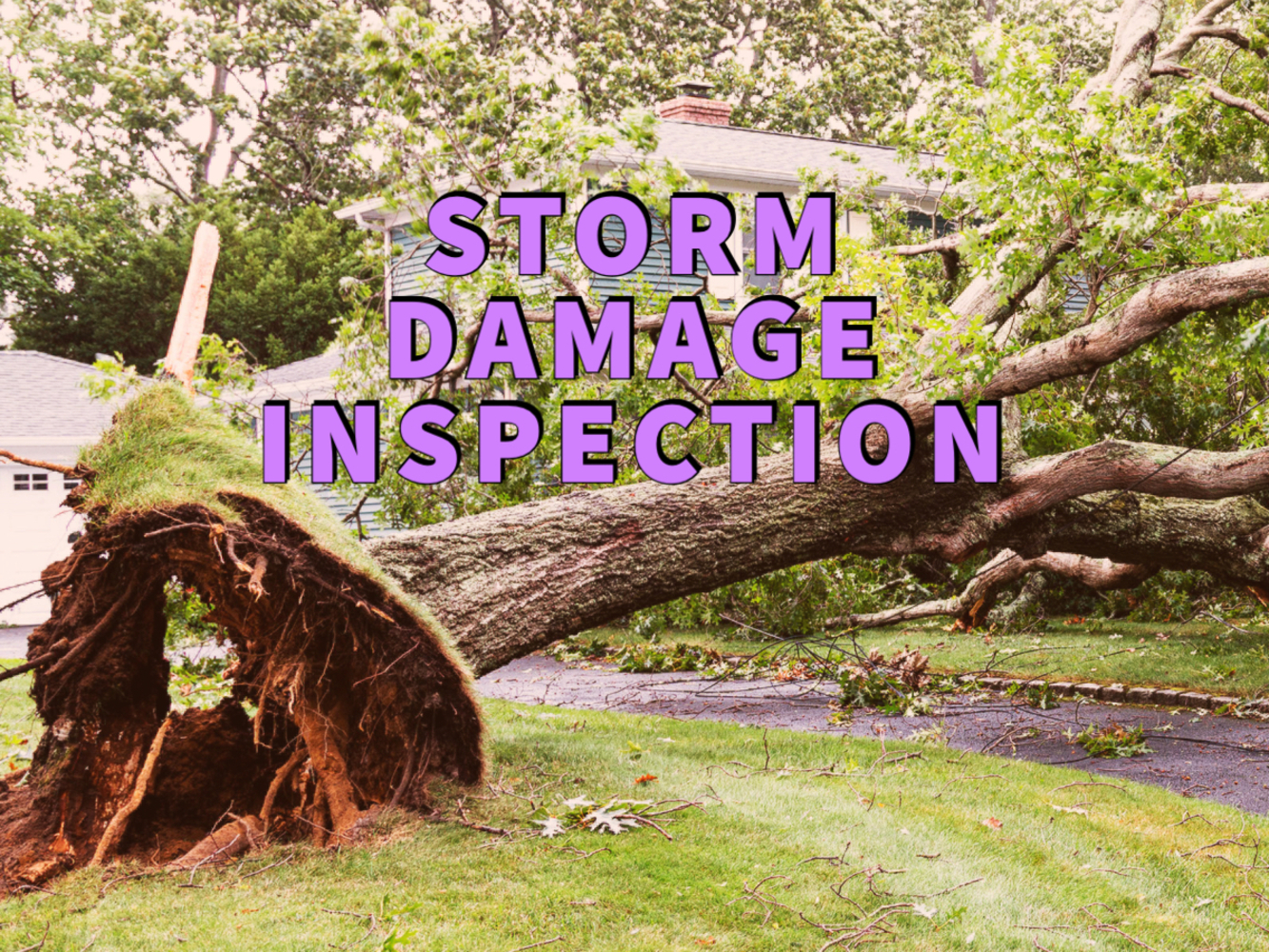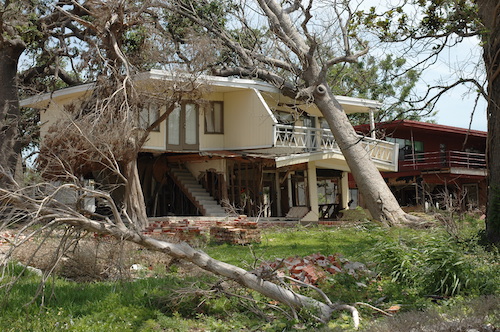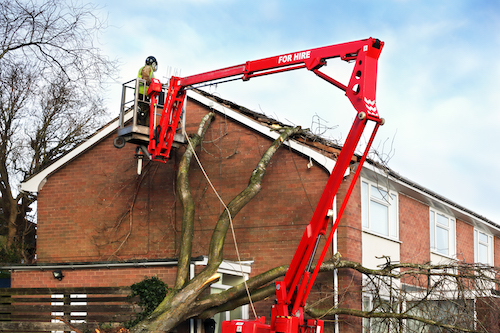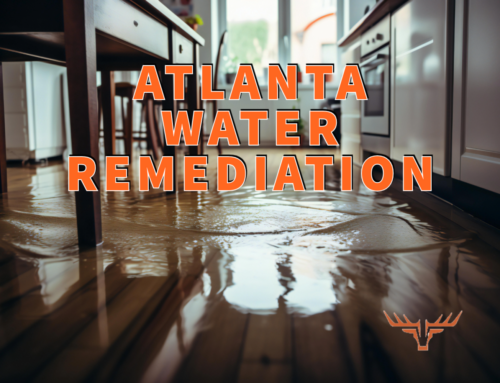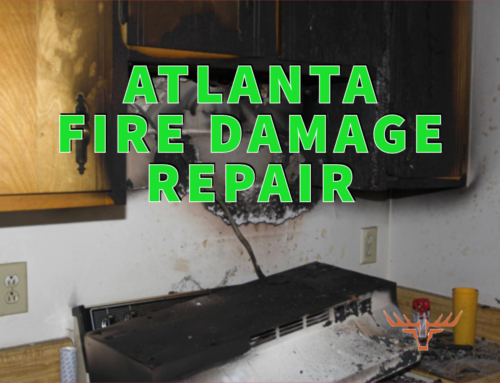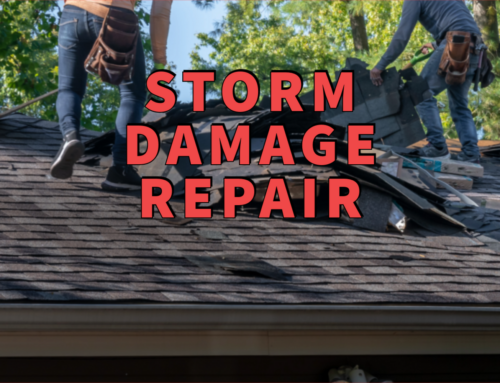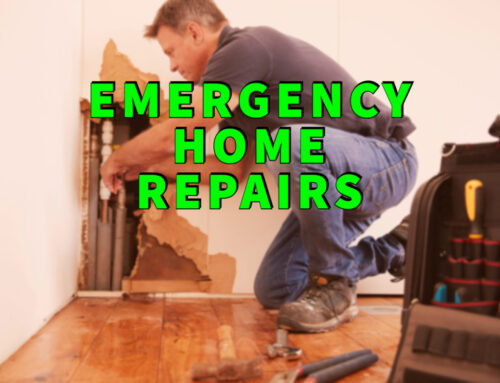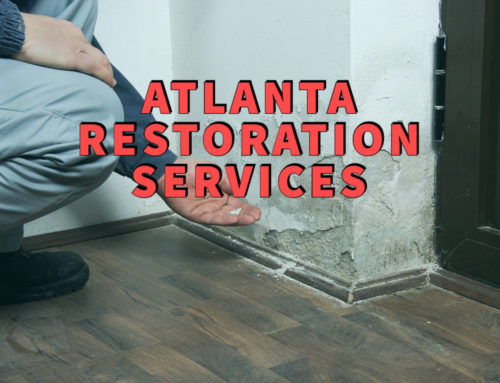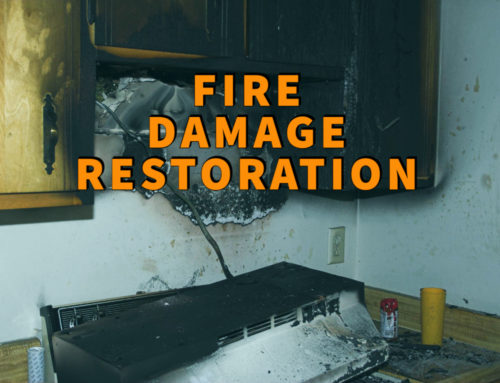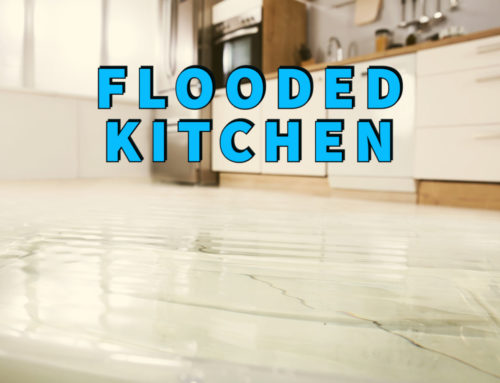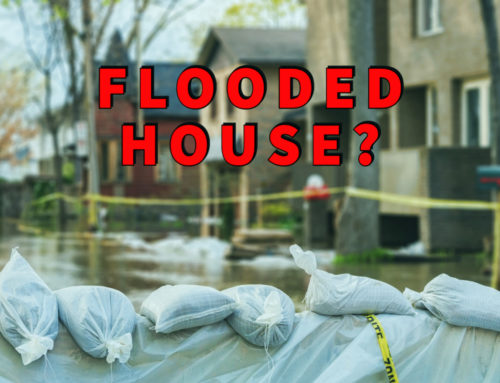A professional storm damage inspection after extreme weather damages your home can help with your insurance claim.
An intense storm can do quite a bit of damage to your home in a short amount of time. High winds can knock down trees and power lines, flooding can destroy furniture and appliances, and hail can chip away at your roof. If you’re not prepared, the aftermath of a storm can be costly and time-consuming.
That’s why it’s essential to have a storm damage inspection from a company that can handle storm damage restoration after a bad storm. A professional inspector will assess the damage and help you fix it as soon as possible.
This article will discuss how to get started with a storm damage inspection and the different steps involved in storm damage restoration.
What are some examples of storm damage?
Wind, hail, and heavy rain can all wreak havoc on the structures and contents of a house. Some common examples of storm damage include:
- Roof damage: Strong winds can remove parts of the roof or even blow off entire sections. High winds can also cause the roof to buckle or rip up shingles, creating multiple entry points for water.
- Siding damage: High winds can rip off siding from the exterior of your home and leave it exposed to the elements. Debris from trees and other objects can also cause visible dents in the siding.
- Window damage: Violent winds during a storm can break windows, allowing rain and debris to enter the house.
- Flooding: Heavy rains can quickly overwhelm drainage systems and cause flooding in your home. As water levels rise, it can enter through your basement foundation or even come up through drains in the floor.
- Fallen trees: Strong winds can cause trees to fall on your house, creating a potential hazard.
Storm damage restoration experts can help identify what needs to be repaired or replaced and provide guidance on preventing further damage. If you notice any of these problems after a storm passes, contact a professional right away for a storm damage inspection.
What is a storm damage inspection?
A storm damage inspection is essential after a severe storm that has caused significant damage to your home. It first involves visually checking the roof, windows, and other exterior surfaces for signs of damage.
Suppose you notice any issues with your property. In that case, a professional inspector can perform a storm damage inspection, looking for any potential points of entry where water could seep into the home. The review should also include assessing any interior damage caused by water entering the premises during or after the storm.
Storm damage restoration to the rescue
When a storm has caused damage to your home, it is essential to get the right help as soon as possible. Storm damage restoration is the process of restoring or repairing your home after it experiences structural, water, or mold damage.
The first step in storm damage restoration is to have a storm damage inspection. This step should be done by a qualified specialist who can assess the extent of the damage and advise on the best course of action for repairs. During this inspection, they will evaluate all aspects of your home that have been affected by the storm, such as roofing, framing, windows, and other structural components.
Once the inspection is complete, the specialist will provide a detailed report of what repairs need to be made and a recommendation for how to proceed with storm damage restoration. These repairs may include replacing damaged materials such as roofing shingles or siding, fixing structural damage, or even repairing plumbing and electrical systems affected by the storm.
A full-scale replacement may be necessary if the damage is too extensive for simple repairs. In such cases, storm damage restoration experts can help you select materials and design an effective solution to restore your home as soon as possible.
No matter what kind of storm damage your home has suffered, act quickly by getting a storm damage inspection—getting the right help to minimize any further damage that may occur! With a storm damage inspection and proper storm damage restoration, you can ensure that your home is safe and secure again soon.
Example: repairing roof storm damage
Storms can cause significant damage to roofs, from hail and wind blowing off shingles to leaking due to heavy rain backing up in the gutters. Repairing roof storm damage is essential to preventing further problems, such as continued water leakage, which could lead to structural damage and mold growth.
The roof storm damage repair process starts with a thorough inspection of the roof. Experts look for missing or loose shingles, deteriorating flashings, cracked or warped sheathing, and other signs of damage.
Once the damage is identified, a storm damage restoration company begins the repair process. This undertaking usually involves replacing damaged shingles, repairing flashings, and reinforcing any weak areas of the roof. The entire process can take several days or longer, depending on the extent of the damage.
Partial or complete roof replacement may be necessary if a tree punctures your roof. Your storm damage professional can help you figure out the best course of action while putting a tarp over the rupture so that critters and excess moisture don’t find their way into your home.
Dealing with insurance companies after a storm
Contact your insurance company as soon as possible when storm damage occurs. Understanding how to deal with them before, during, and after the storm can save you time and money.
Before the storm, ensure your home and property are adequately insured. Check your policy details and any additional coverage that may be available for storms. Make sure you have contact information for your insurer so you can report any damage quickly if needed.
Take as many pictures or videos of the damage during the storm and immediately after. This measure is essential for your insurance claim, as it will provide evidence of the extent of the storm’s impact on your property.
After the storm, have a storm damage inspection completed if you suspect an issue on your property. This process will identify what damage has been caused and allow for a more accurate assessment of the cost of repairs. The storm damage professional can also help secure broken windows or doors and board up any holes in the roof with plywood or other materials.
Maintain contact with your insurance company once the inspection has been completed, keeping them in the loop about the damage. They will review your claim and provide an estimate for the repairs. Depending on the policy, you may be able to use the funds to cover repair costs or receive a check from your insurer that you can use to pay for these services.
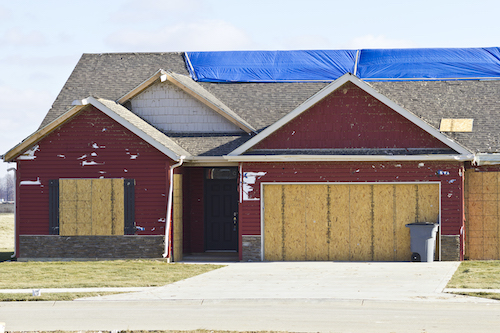
Let Revere Construction & Roofing help with your storm-damaged property!
Have a storm damage inspection completed after a bad storm to assess the damage and get it fixed as soon as possible. Depending on the severity of the problem, you could be faced with a quick siding repair or an extensive roof repair so that water doesn’t infiltrate your home.
Dealing with insurance companies can be difficult, but our team at Revere Construction & Roofing is here to help. We have extensive experience in storm damage restoration, and we’re here to help you get your home back to how it was before the storm struck.
Handling storm damage can be stressful, and our goal is to make the process as easy as possible so you can focus on getting your life back in order. We’ll provide a detailed storm damage inspection, explain what needs to be done, recommend the best solutions for restoring your home, then take care of the repairs. Contact us today for a free consultation!

